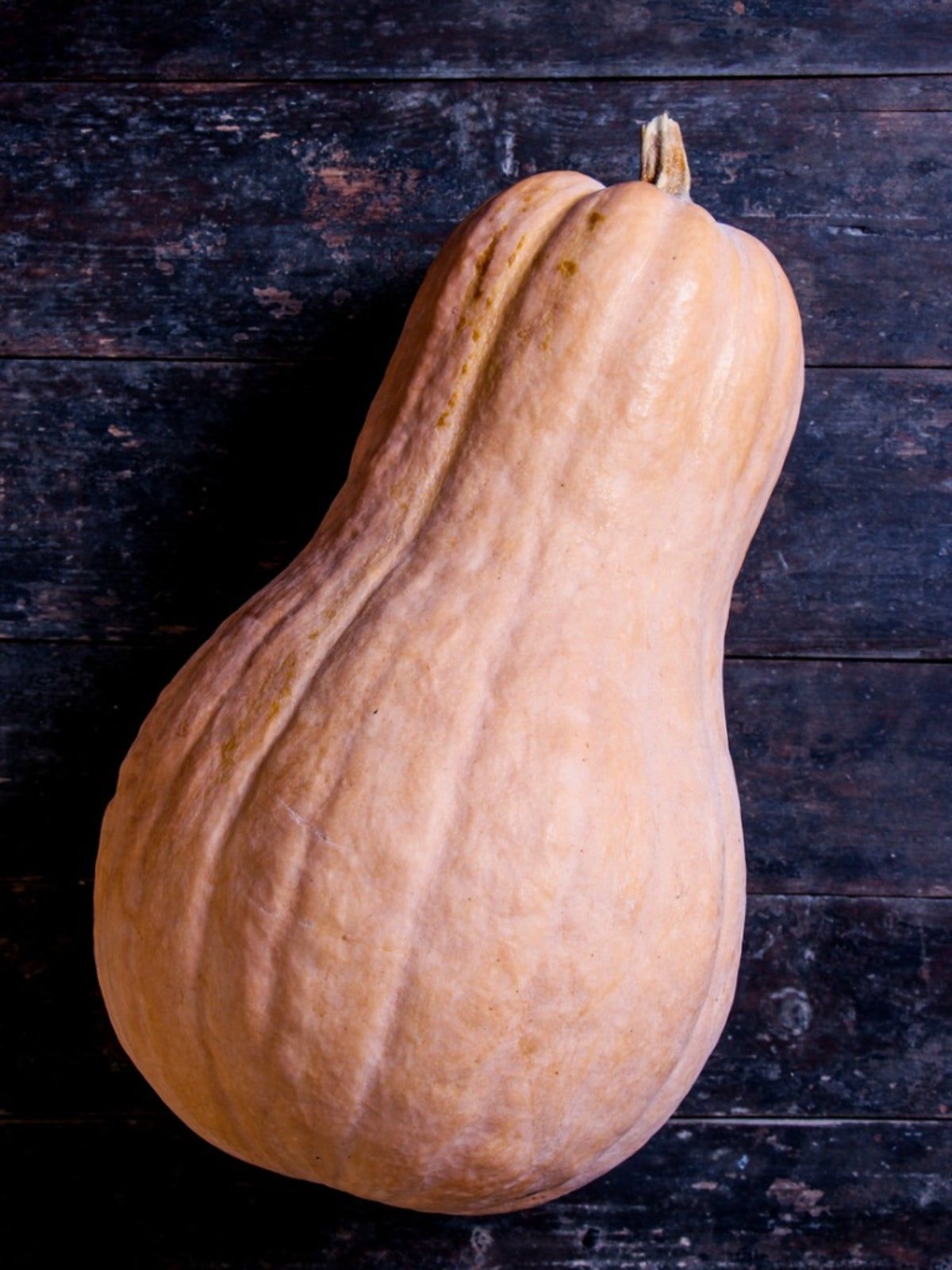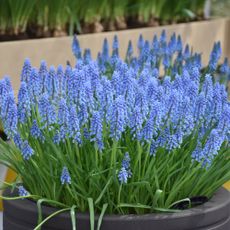Picking Winter Squash - How And When To Harvest Butternut Squash


You've watered and weeded and fought off the dreaded vine borer. Over the summer your few small plants have grown and grown and grown and you've ended the season with a dozen or more of the tan skinned, edible gourds. As delicious as they are, you can't eat them all at once! So, you've got these questions about how to harvest butternut squash, when to harvest butternut squash, and what do I do after harvesting butternut squash? Butternut squash, a type of winter squash, is a flavorful source of complex carbohydrates and fiber. At 80 calories per cup, this naturally sweet treat is a dieter's delight. It's also a great source of iron, niacin, potassium, and beta carotene, which is converted in the body to Vitamin A (necessary to healthy vision, skin, and bones). It's great to know that without canning or freezing, you can store your butternut squash harvest for use through the winter and spring.
When to Harvest Butternut Squash
It's time for picking butternut squash when the rind is hard and they have turned a deep, solid tan. It's best to leave the majority of your crop on the vine until late September or October to ensure the thick skins necessary for winter storage, but make sure you have your butternut squash harvest in before the first frost.
How to Harvest Butternut Squash
When picking butternut squash, carefully cut the fruit from the vine with a sharp knife. Make sure about 2 inches (5 cm.) of stem is still attached to the squash. Short stems or no stems at all invite bacteria in through the temporary soft spot where the stem once was. Fruits that have been bruised, cut, or have their stem removed should be eaten as soon as possible because they won't store well. Fruit that has been severely damaged during your butternut squash harvest should be consigned to the compost heap, where you might find seedlings sprouting next year! Now that you know when to harvest butternut squash and how to harvest butternut squash, you need to know how to store them. After you finish picking butternut squash, it needs to be cured. All that means is that you have to let the squash sit at room temperature for a week or two to fully harden the skin. They'll need a temperature of about 70 degrees F. (20 C.), but please don't leave them outdoors where they'll be vulnerable to insects. Once cured, the fruit should be stored in a cool dry place 40 to 50 degrees F. (4-10 C.) such as a basement or garage. Don't let them freeze. Properly stored, your butternut squash harvest should last for three to six months.
Gardening tips, videos, info and more delivered right to your inbox!
Sign up for the Gardening Know How newsletter today and receive a free copy of our e-book "How to Grow Delicious Tomatoes".

Jackie Rhoades began writing for Gardening Know How in 2010.
-
 Best Tomatoes For Containers: 10 Tastiest Varieties For Plentiful Produce In Compact Areas
Best Tomatoes For Containers: 10 Tastiest Varieties For Plentiful Produce In Compact AreasThese are the best tomatoes for containers that prove you don't need to have a large space or elaborate garden to grow delicious produce.
By Bonnie L. Grant
-
 Ultimate Potted Flowers For Spring: 8 Brilliant Blooming Options for Spring Containers
Ultimate Potted Flowers For Spring: 8 Brilliant Blooming Options for Spring ContainersCelebrate the most uplifting of seasons with the most dazzling container flowers imaginable. Here, we present some of the loveliest potted flowers for spring…
By Tonya Barnett